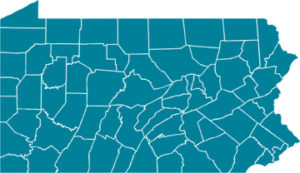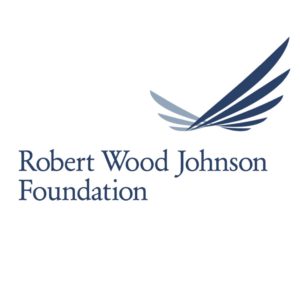GAO Questions State Medicaid Financing
States are now financing more than a quarter of their share of Medicaid expenditures with money from sources other than state general funds, according to a new study by the Government Accountability Office (GAO).
According to the GAO, 26 percent of state share of Medicaid funding comes from taxes on health care providers, transfers from local governments and local government providers, and other sources. Such funding, the GAO noted, shifts additional Medicaid costs to the federal government.
 Pennsylvania uses such funding mechanisms, including its gross receipts tax on Medicaid managed care organizations and state-wide and Philadelphia hospital assessments.
Pennsylvania uses such funding mechanisms, including its gross receipts tax on Medicaid managed care organizations and state-wide and Philadelphia hospital assessments.
Exacerbating this problem, the GAO reports, is that the Centers for Medicare & Medicaid Services (CMS), which oversees Medicaid, does not assure that it receives complete and accurate data on funding sources from the states, leaving CMS without a complete understanding of how states are financing their Medicaid expenditures. In the report, the GAO recommends a stronger CMS effort to gather such data – a recommendation that CMS did not accept.
Learn more about the GAO study “States Increased Reliance on Funds From Health Care Providers and Local Governments Warrants Improved CMS Data Collection” by finding the complete report and a summary here, on the GAO web site.






